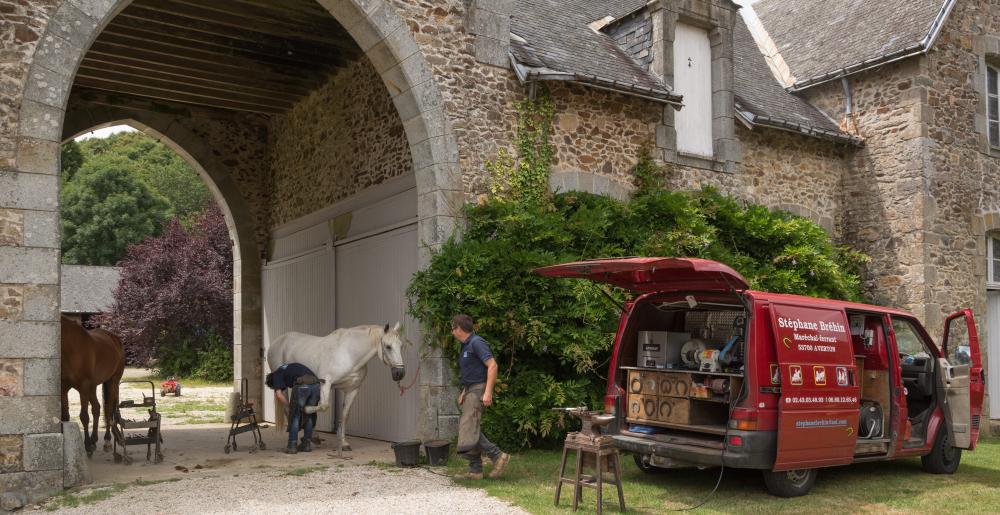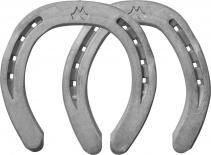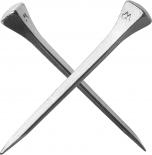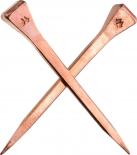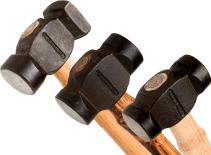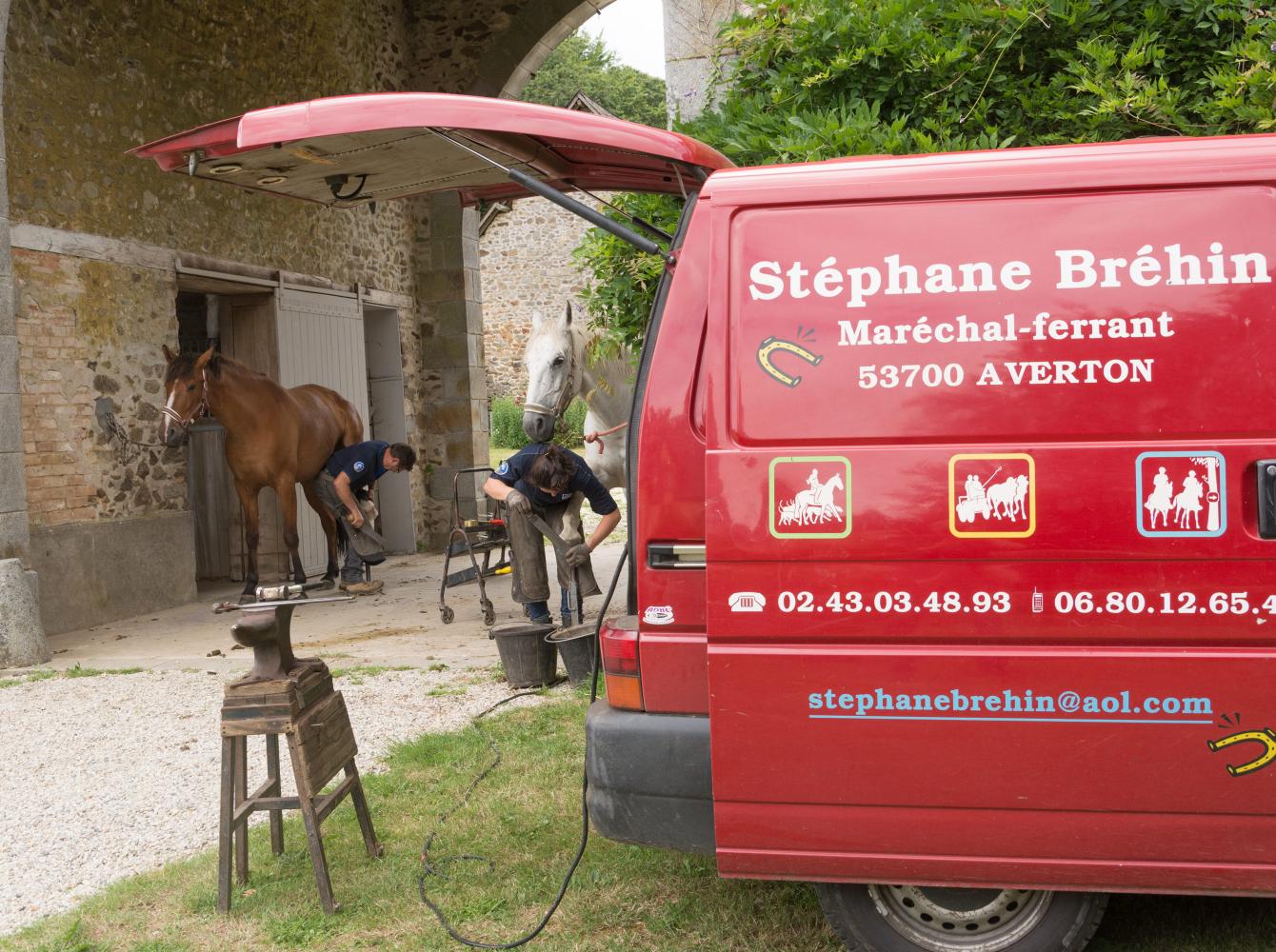
An old profession in a modern way
Stéphane Bréhin, farrier in France
We meet Stéphane Bréhin (1973) from Averton in France, working in the courtyard of a castle of one of his clients. In some way, this picturesque scenery fooled us. We were looking at an ancient profession in an historic place, without realizing that this farrier has a very modern way of performing his job and running his business.
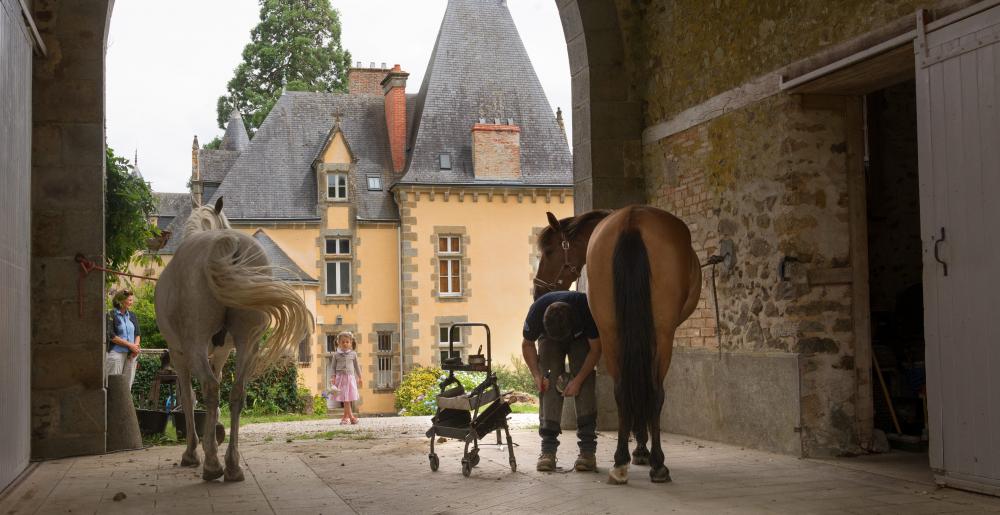
At the age of 17, Stéphane started at the famous State Farrier school: Le Haras du Pin, in Normandie. He was a very talented student, got his diploma in 3 years and then had to do his military service. His skills were not wasted; he became an army farrier in Fontainebleau. After that, he worked one year in several places to get experience.
In 1995 he started his own business and became an independent farrier.
For years he was in to farrier competitions, won the French title 3 times and was 3rd at the European championships in 2002.
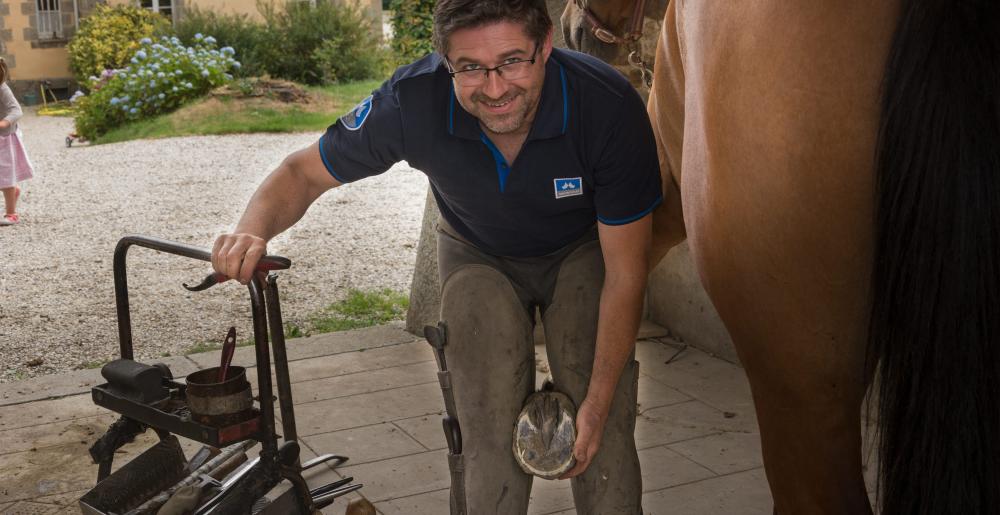
Stephane Bréhin has his business well organized. He shoes only saddle horses in every discipline. Stéphane trims also foals to get them well balanced before they reach the age of 6 months. Stéphane shoes an average of 6 horses per day and from the start of his business, he has been teaching apprentices. In the beginning, this occasionaly led to funny situations, that the apprentice was much older than the master. Because of his good reputation, he can select his customers. His criteria are simple though effective: there should be a 'click'; the customer must be able to pay for his services, there must be proper working conditions and the distance should be within limits. Distance within limits? Yes! His customers are all in a circle no more than a 40 minute drive form his home address.
Be self-reflecting to improve your work
Stéphane's tips for shoeing saddle horses:
- anticipate the fact that the shoeing will last for a few weeks; take the growth of the horn into account
- be self-reflecting: review your work after the shoeing and also after 8 weeks and ask youself how you can improve the result.
What you teach your students, you have to do yourself
Next to his farrier practice, he now teaches in a farrier school for a few days in the week. Typical for Bréhin, this job forces him to look at his work in a more critical way. Because: "what you teach your students, you have to do yourself".
This vision leads to another interesting aspect of Bréhin; he is always busy with innovations. During our interview, he showed images on his iPhone about his own – private – tests of Mustad Copper Nails. He wants to see for himself if these new nails leave less pollution traces in the horn. He tells us thet he was involved in the developement of the Mustad LiBero front toeclip shoe. But his innovative nature doesn't stop in his shoeing box, it also involves the way he looks at his business. An electric forge. Better for the environment, good for your cost reduction? Bréhin took this decision already more than 10 years ago... Another example: he has a computer and printer installed in his van. Job done, invoice printed and stored, client can pay direct! But also, this computer has an archive of every shoeing job he has ever done. He can keep total track of every horse that he cares for!
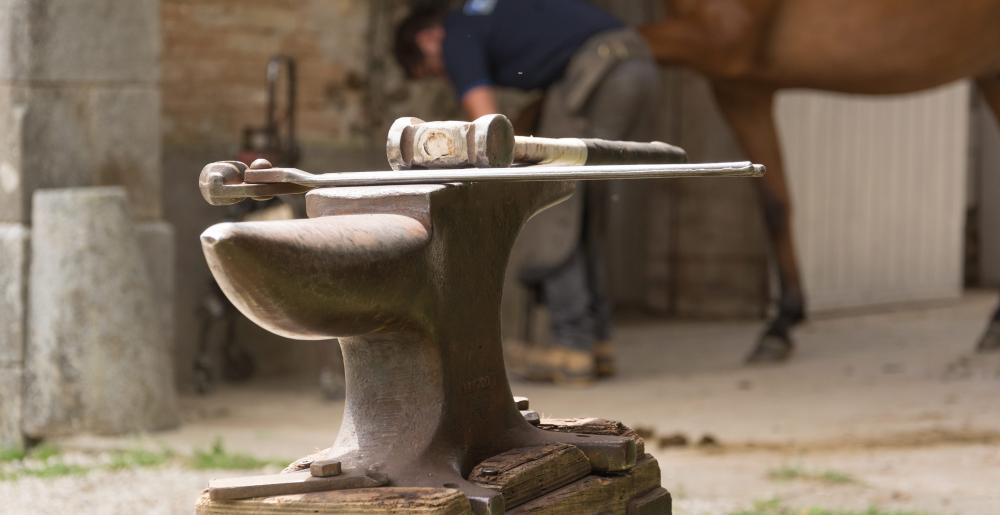
Bréhin's situation is not typical for France. By delivering detailed information, good quality, a high service level and by showing involvement for his horses, he has gained the respect of his clients. As a result, he can afford to shoe an average of 6 horses per day in a small area. This is almost perfect; it benefits him because the job is less demanding for his body. It is also better for his clients and particularly for their horses. Last but not least, this gives him the opportunity to share his knowledge with students and suppliers.
